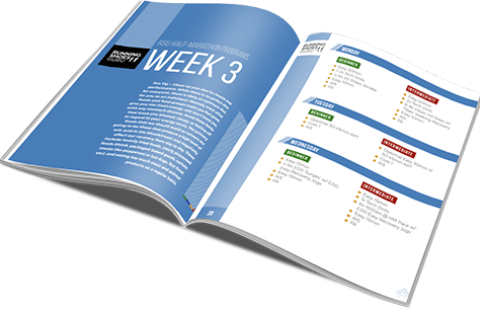Journey to 100K: Finding the right nutrition for ultra marathons
A 50-miler serves as a true test of getting the right fuel


Recently I lined up for my second 50-miler, the last long training run for my first 100K. The Big Turtle 50-miler in Morehead, Kentucky, featured 8,000 feet of elevation climb and an equal amount of descent.
It would be my real true test for the Ultra Race of Champions (UROC), just three weeks later. UROC is my goal race for the first half of the year and I appreciate all the runners who have joined me on this journey as I have tested various gear as a precursor to the 100K through the mountains of Virginia.
The Big Turtle event was meant to test not only my gear but also the nutrition that I had been working on during my training runs. First a quick recap on the gear I wore during Big Turtle.
I have tried out various trail shoes during my training for various trail and ultra marathons, as well as a smaller collection of backpacks. Here’s what I learned during my 50-miler in Kentucky:
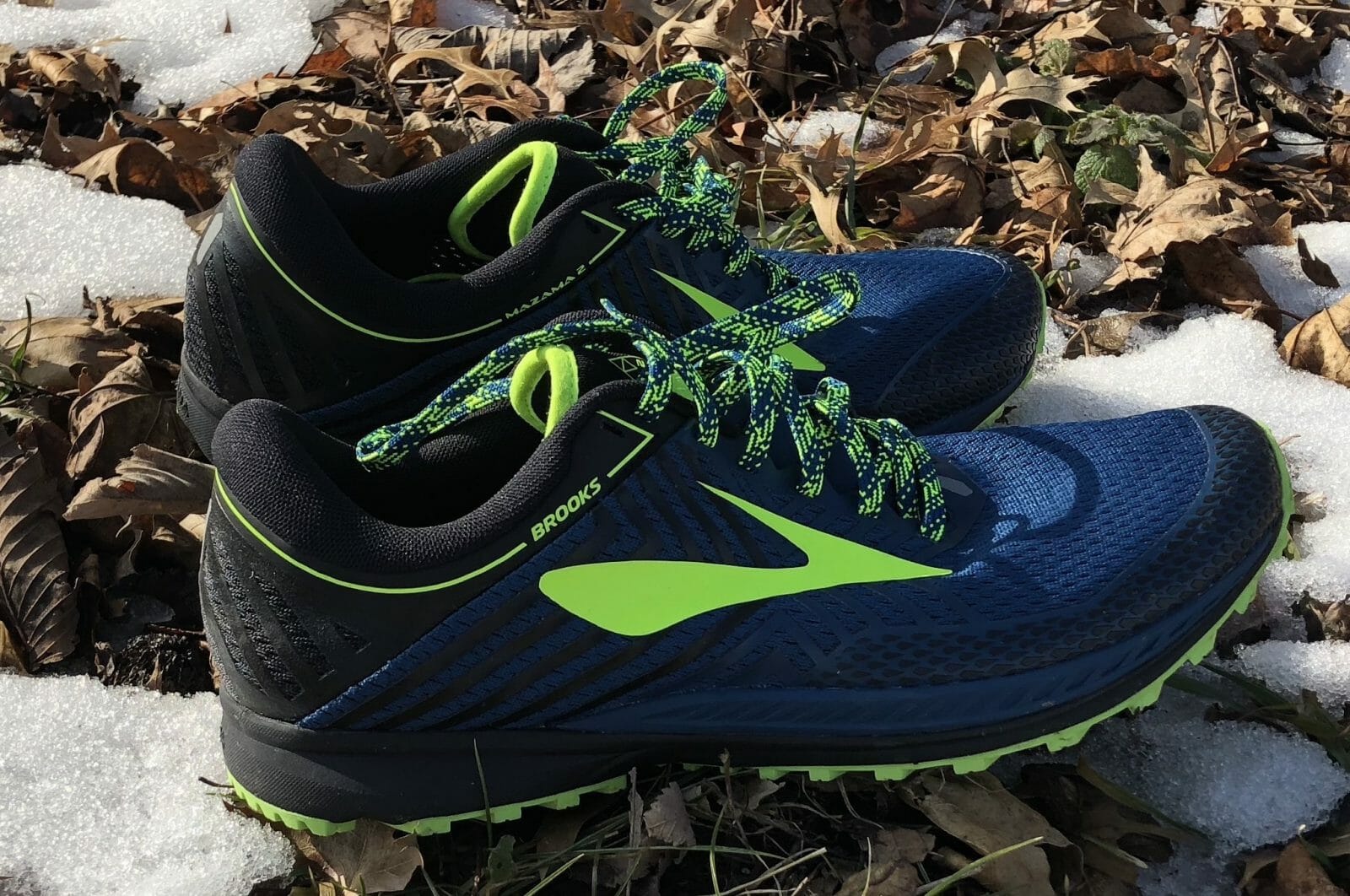
I wore the Brooks Mazama 2s, a shoe that I really, really love for trail races that I can race.
Big Turtle, unfortunately, was not one of those raceable races. I misjudged just how technical the trails would be. There were flat sections but a large portion of the trails were fairly technical, meaning in this case a lot of small stones and rocks.
My feet took such a pounding that I ended up with my first foot blister. Thankfully, it was mild and is healing nicely. Lesson learned.
For UROC, I am looking at wearing either my Saucony Xodus ISO, a rugged yet comfortable trail shoe; or my Under Armour Horizon RTT, a solid shoe with strong protection.
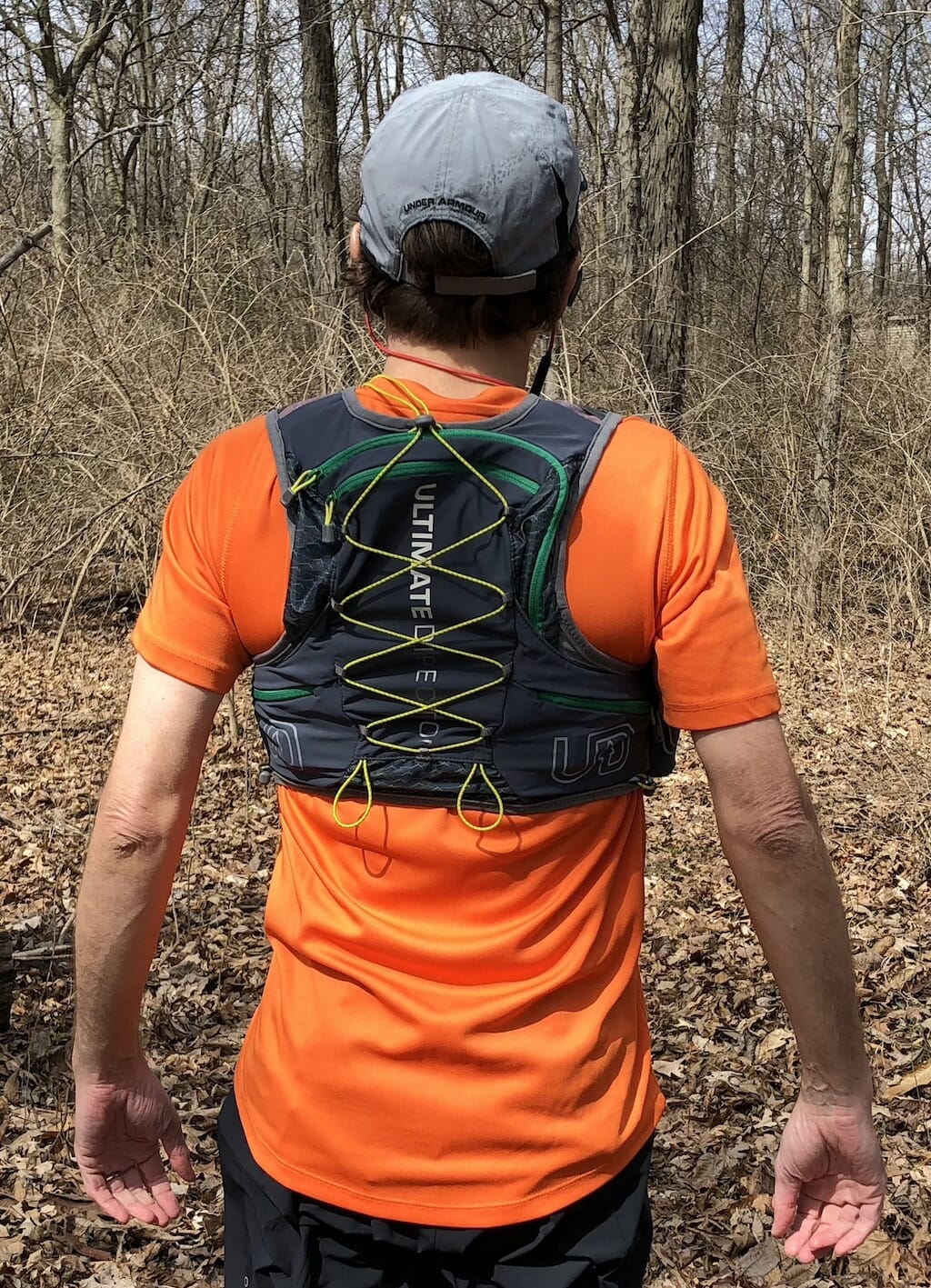
I wore the Scott Jurek Ultimate Direction model, which I reviewed here.
For normal 50-milers, I probably would have worn less of a vest but (a) I wanted to test the vest for my 50-mile race and (b) there was a long gap between aid stations. There was one at Mile 17 and one at the turnaround point, thereby having only one aid station between miles 17 and 33 as the temperatures started to heat up.
The vest performed well and I was able to carry everything I needed and more. The bottles worked well to keep me hydrated and I was able to stash what I needed for the run. I will definitely be running in the Ultimate Direction vest for UROC.
My Big Turtle run was about the fourth or fifth time I had run with my Suunto watch. To be clear, I am still getting the hang of it.
I changed the settings so that I should have been able to get up to 15 hours of battery life. However, the watch quit after about 10 hours.
Thankfully, it saved my mileage and other metrics up until that point. I was able to track the final miles on the Strava app on my phone.
(A review on the Suunto watch is upcoming on RunningShoesGuru.com. In the meantime, while it has been difficult to get the watch to do what I want, the customer support has been extraordinary.)
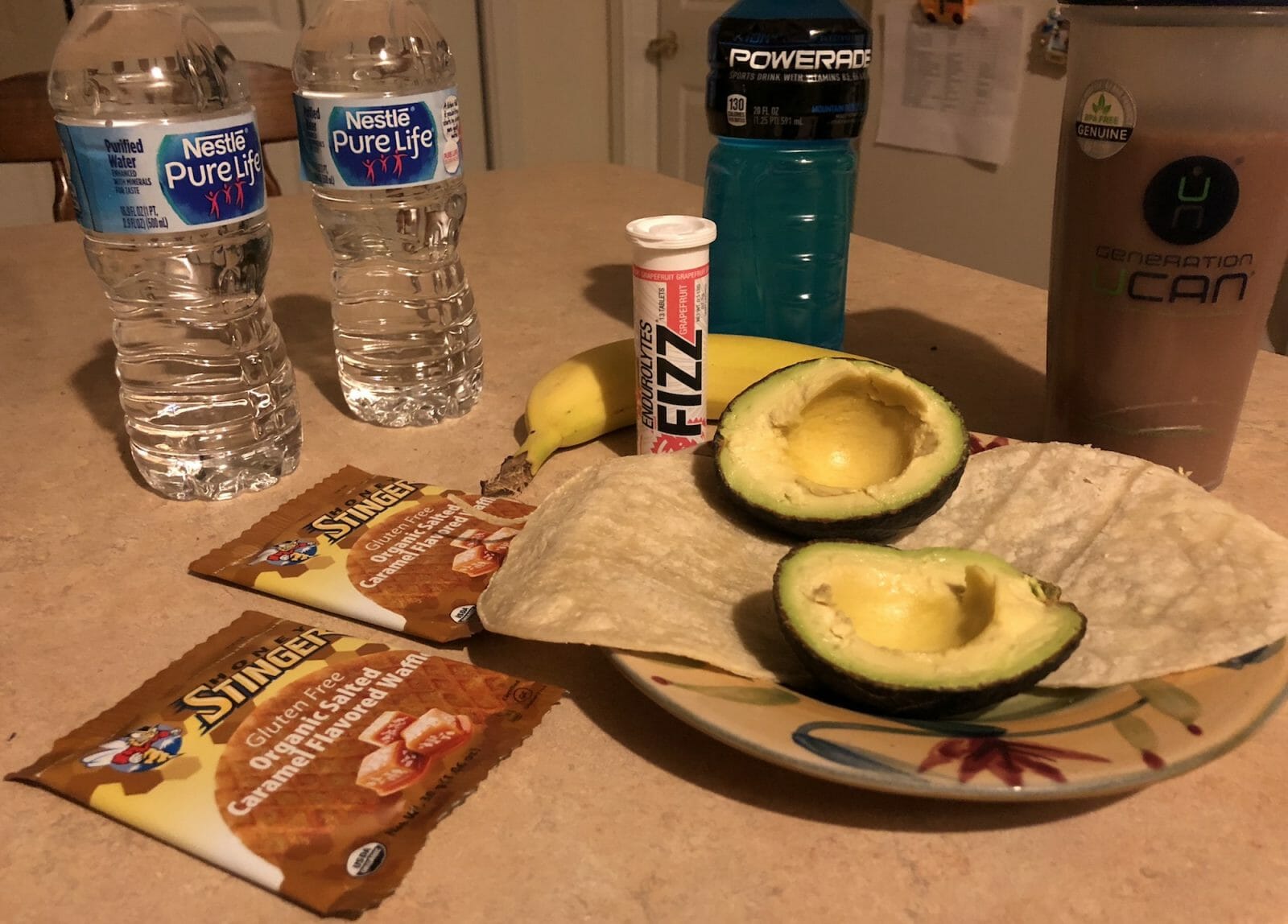
To come up with my nutrition and hydration plan, I studied the course map — the most challenging stretch was from Mile 17 to the turnaround point and back to the Mile 33 aid station. Sixteen miles with only one aid station to refuel and rehydrate.
I also expected to hit the turnaround point just after noon, meaning the return trip would occur as the temperatures arched toward the warmest point of the day. (Thankfully, that meant mid-60s on this day, not the mid-80s encountered by runners in last year’s contest.)
I made sure to fill my water bottles on my Jurek vest before heading out from the Mile 17 and Mile 25 aid stations, and had no problems with hydration during the day.
In my training leading up to Big Turtle, I had tested a variety of foods to make sure that my gut would be able to handle them (literally) on the run. Among them: corn tortillas filled with avocados, peanut M&Ms, bananas, Honey Stinger waffles, Powerade and homemade protein balls that my wife warned were crumbly.
I knew that the aid stations would have fruit, chips and the usual assortment of fare for ultra runners. Additionally, the race director went above and beyond, arranging for gluten-free peanut butter and jelly sandwiches for me at the midway aid station.
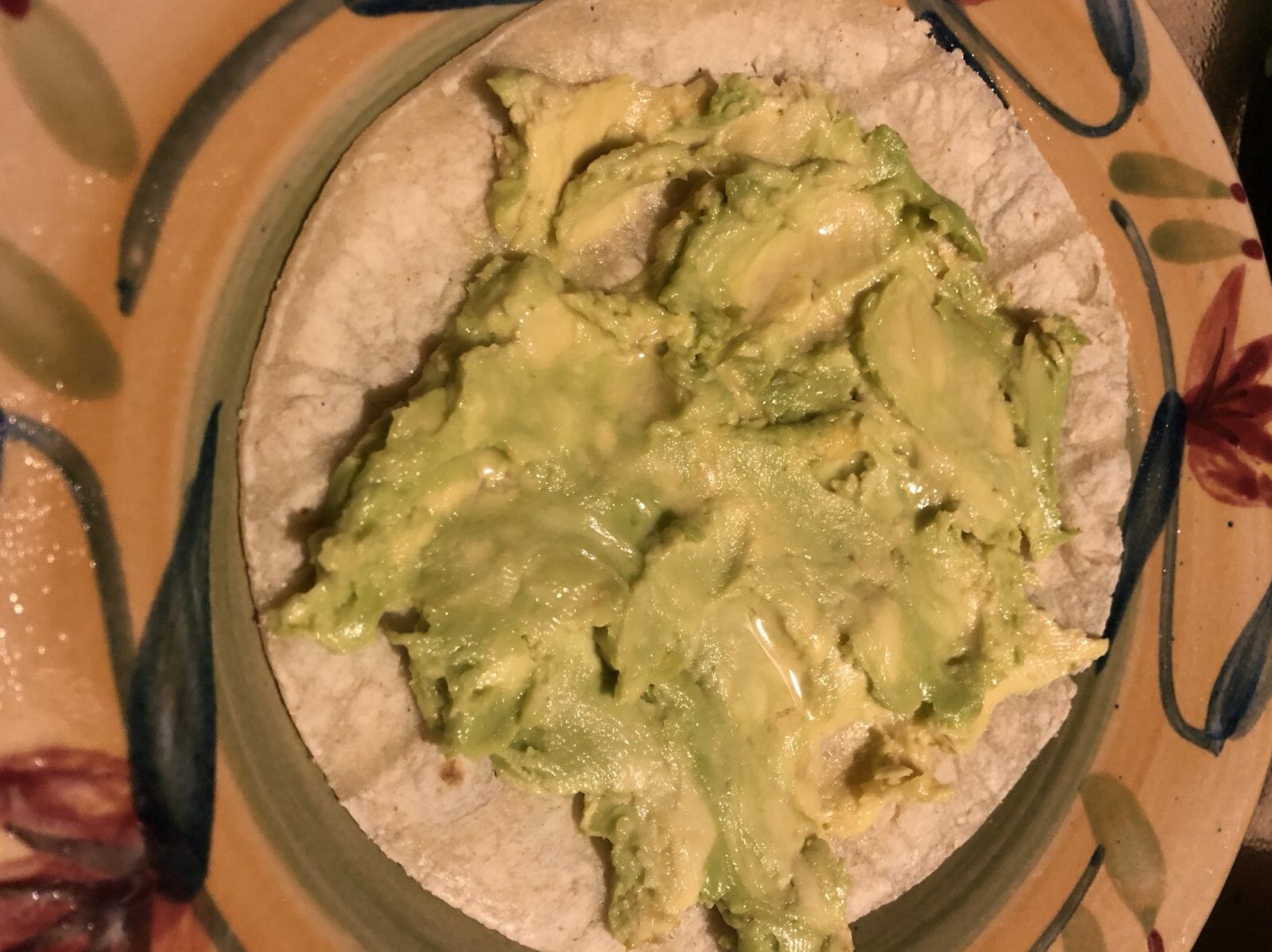
As I laid out my nutrition plan, I researched about how many calories I would need during the race. On average, a runner burns 100 calories per mile, meaning I would burn somewhere around 5,000-5,500 during the race. That represents more than double what I take in on even a hard training day.
Obviously, I would not be able to match my calories input with my calorie output. The recommendations are to take in about 200 calories per hour. I was expecting to finish between 11 and 12 hours, so figure about 2,200 to 2,400 calories.
This is how many calories I comfortably carried in my pack:
Total: 1,240 calories
If I were to take in all of those calories, I would need to double that from aid stations. With the two peanut butter and jelly sandwiches (figure 300 calories each) awaiting me at the halfway point, that seemed to be in line. I would get the remainder from aid station fruit, chips and Coke.
I had planned to alternate the Honey Stinger waffles with the tortillas and PB&Js, roughly every 45 to 60 minutes starting about two hours in. But I also have learned to listen to my stomach and give it what it thinks it needs.
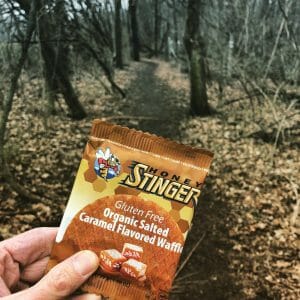
After taking in calories via the Powerade, a banana, a few chips and a Honey Stinger waffle through Mile 10 or so, I followed through on my plan to do an avocado tortilla the next time I needed nutrition. So far, so good.
I had planned to do another Honey Stinger to get me to the halfway point where my PB&Js would take over. But I wanted something sweeter so I grabbed the peanut M&Ms. I had some mild stomach discomfort, likely due to the surge of sugar, thanks to the combination of the M&Ms, Coke and Powerade. I sipped on water to ease my gut and it responded well.
At the halfway point, a very nice aid station worker prepared my gluten-free PB&Js — one while I re-energized myself and one for the road, er trail. The PB&Js hit the spot, giving me renewed life as a set out on the return through the hills.
It turned out that I did not sufficiently test the homemade protein bites, which were very crumbly as advertised.
One of the small squares stayed intact and I used it for a quick energy boost at about Mile 35. The other had transformed into thousands of tiny crumbs. I returned the bag to my pocket and got my calories and energy from other sources.
Upon review, I was pleased how I had tested the foods that I would be using (except for the crumbly protein bites). My minor stomach problem was poor execution, rather than poor planning.
I ended up only having one of the three Honey Stingers, and only one of the protein bites. So I definitely took in fewer calories than projected. As I look toward my 100K, I know that I will need to find a way to get in more calories. I figure that I will need an extra 400-500, based on being out on the course longer.
The UROC race director promises to have typical aid station fare: bananas and other fruit, cookies, chips, peanut butter and jelly tortilla wraps, soup and more. There will be corn tortillas, which I will be enjoying. I plan to also bring some of my avocado ones. As far as the protein bites go, I’ll save those for a post-workout treat at home.



